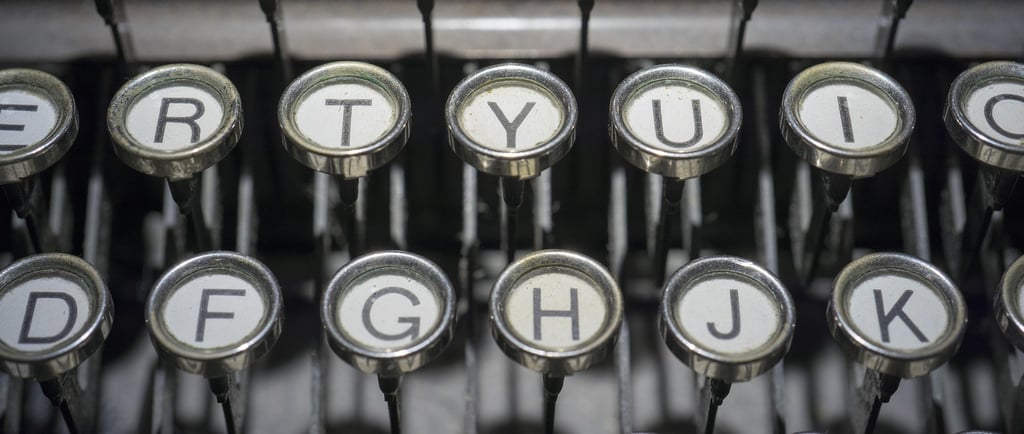📜 Story of Capital Letters 👑 A Journey Through Time
🌟 A follow-up story that bridge between two Chapters in the Language Album. In the Chapter " I Can Make My Language Visible" , children explore how writing systems evolved from simple symbols to complete alphabets, and in the Chapter " Tools of Editing" , children discover how punctuation marks and capital letters help us shape writing into something clear, expressive, and enjoyable to read. 🌍👑 📖✨ After discovering how little marks like commas, periods, and question marks make reading smooth and fun, children can now discover the next exciting language improvement: the invention of capital and lower letters 👑. From the stone carvings of Ancient Rome 🪨 to the lowercase inventions of medieval scribes 🕯️, capital letters became a way to guide the reader’s eye 👀, just like punctuation guides the voice. Children are encouraged to wonder: “Why do some words deserve a capital letter?” and “Do all languages use capitals the same way?” 🌍 This story naturally branches into the study of grammar, sentence structure, and even cultural variations in writing—building connections that spark curiosity every time children write a sentence.
LANGUAGE STORIES
7/21/20252 min read


Last time, we discovered how people invented punctuation marks—little helpers like the period (.), comma (,), and question mark (❓)—to make reading easier and clearer. But punctuation wasn’t the only thing people invented. There’s something else you see every time you read… something standing tall, leading the way. Have you noticed? Capital letters 🔠!
To discover their story we have to go back again, far into the past 🕰️…
Remember the story of the alphabet 🔤? When people first invented writing, they were so excited that they wanted to write on everything! They scratched letters into clay tablets 🪨, papyrus scrolls 📜, stones 🪵, and animal skins 🐑. Writing was spreading quickly—and so were human inventions.
In many ancient civilizations—including the Romans 🇮🇹, Greeks 🇬🇷, and even Vikings 🛡️—important words were carved into stone using only big, tall letters. These were called capitalis monumentalis or monument capitals, because they were used on monuments and important buildings.
But there was a problem. Writing only in capitals was hard to read 🫣, like SHOUTING ALL THE TIME. It was also slow to write, especially when people switched from carving stone to writing on scrolls 📜 and books 📖.
So what changed? In the Middle Ages 🏰, when people were also inventing spaces between words 🟦 and creating punctuation ✨, they started changing letters too. Scribes wanted to write faster and more comfortably, so they invented smaller, rounder letters. These became known as lowercase letters.
When the printing press 🖨️ arrived, just like punctuation, the capital and lower letters became part of the rules of reading. And in printing shops the capital letters were kept in the upper case of the box, and the small letters in the lower case. That’s why we still call them uppercase and lowercase today!
So the capital letters were used as a special guides for the reader’s eye 👀, just like punctuation guides your voice 🗣️. Capital letters tell us:
✅ Where the sentence starts 🟢
✅ Which names are important—like places 🌍, people 🙋, and months 📅
Now… in English, what words do we write with a capital letter? 🤔 We always capitalize the first word of a sentence, names of people and places, the word “I,” months, days of the week, and titles of books!
But now let’s wonder together… 🤔 Do these rules work the same way in every language around the world? 🌏 👉 Are capital letters used the same way in French🇫🇷? In German 🇩🇪? In Spanish🇪🇸?
I found something quite funny… In Chinese 🇨🇳, Japanese 🇯🇵, and Korean 🇰🇷, they don’t use capital letters at all—every character is the same size!
Every time you use a capital letter, it’s like saying: “Pay attention! This is the start of something important.”
From ancient stone carvings to the rules we use today, the story of capitalisaiton doesn’t end here… because around the world 🌍, different languages have their own rules about what deserves a capital letter!
With Montessori joy,
Vanina 😊

